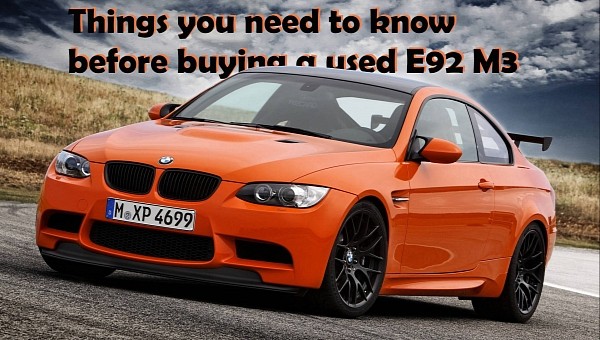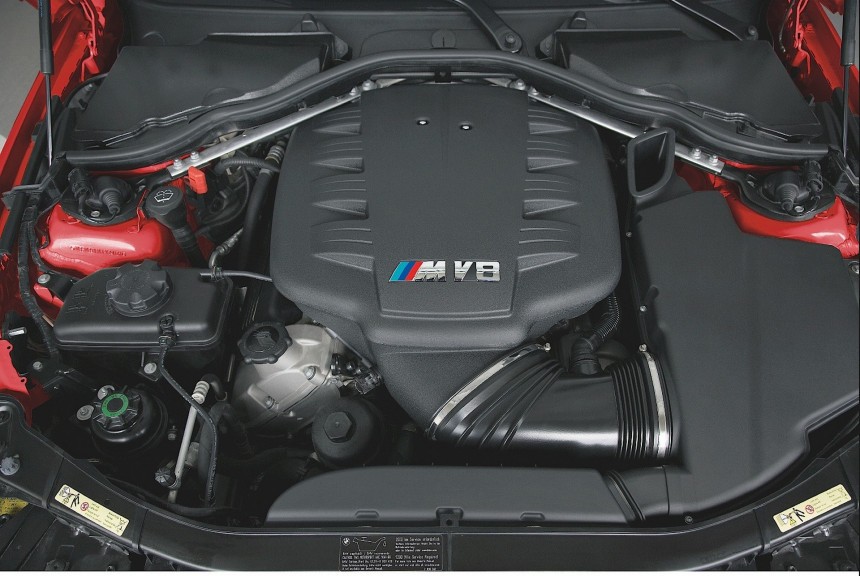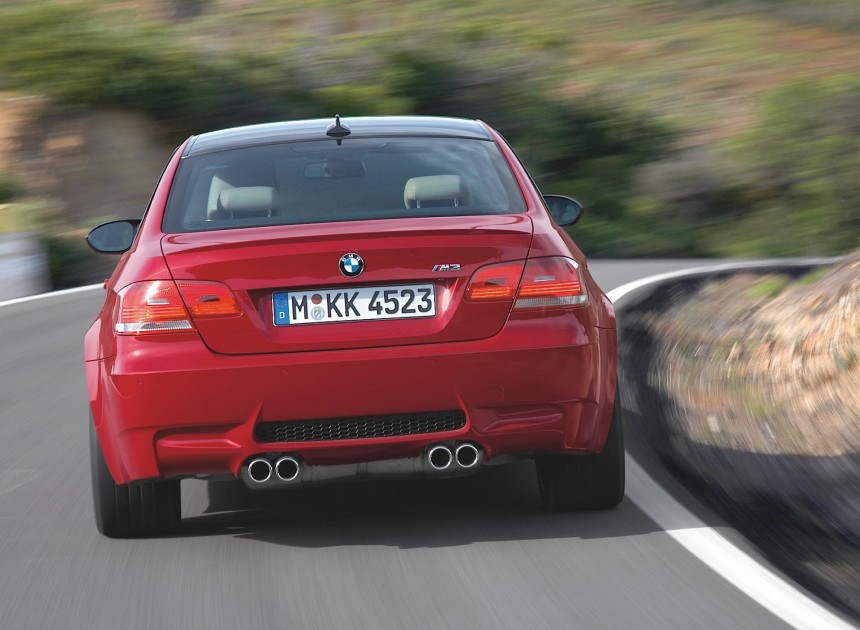Ever since the first generation of the M3, the legendary E30, this sportscar has been on top of the lists of many sportscars enthusiasts worldwide. The balance between power, performance, and comfort was second to none, and the E92 was the last coupe of this nameplate.
After the German automaker decided to stop making the M3 in a two-door configuration, many fans were outraged. Fortunately for them, the M4 was a proper replacement. But still, those who craved more about the badge placed on a two-door sportscar had no other option than going for a used one. Apart from the E30, which became insanely expensive, the E92 was the most powerful of the series.
At the same time, with little preparation, it was excellent on the track. Nevertheless, it was also available as a track version, sporting the name M3 GTS. But that was not exactly the car someone would drive at the mall for casual shopping. And that was a track weapon.
On the market, some of these vehicles were very expensive. Thus, a GTS version was sold for $275,875, while a regular version fitted with a six-speed manual was sold for $32,000.
If you already bought one of these and don't know if it had the rod bearings replaced, you should do it ASAP. Another way to see if it's urgent or can wait a little is to do an oil change. At the same time, take the oil filter out, cut its ends, and look closely at the fins of the cartridge for metallic chips. If you know that the car was driven slowly and was properly maintained, then these parts can last more than 100,000 miles. But since it's an E92 M3, you can't assume it was treated lightly.
Another problem encountered by many owners of the E92 M3s was related to the throttle actuators. Those were not as expensive as the rod bearings, but they still need to be done (there are two actuators). The problem with these parts is not only their mechanical assembly, but also the electronics fitted inside them. There is a market for refurbished ones, but also worth considering buying new ones if the seller doesn't offer a warranty.
In addition to those problems, you should check the engine mounts, which are filled with oil. When these parts are worn, they start to spill greasy stuff everywhere under the car. Also, check for the rocker covers; if you see that they are leaking, don't expect a new seal to solve the problem. You're going to need new parts.
The headlights also build up moisture inside and become foggy over time. That might seem ridiculous at first, but over time, this small issue can turn into something big, forcing you to replace the lamp altogether. They aren't cheap! A good solution for this problem is to replace the clear lens and redo the sealing.
Finding a good second-hand vehicle is always a challenge. But if you think that's tough, just try to look for a sportscar. That's Russian Roulette with just three empties. Unless you find a vehicle with complete service history, be prepared to spend at least five grand for repairs before you're gonna enjoy your new toy. And we didn't say anything about tires and brakes.
Daily sportscar
Powered by a V8 instead of an inline-six, this incredible machine could pull side by side with more expensive vehicles. Its zero-to-sixty (0-97 kph) time was in the four-second territory. It is a respectable time by any standards you'd consider. It might not win any drag race against a Tesla or many other supercars, but remember that this was not a supercar. BMW built it as a daily driver, and people used it for that.At the same time, with little preparation, it was excellent on the track. Nevertheless, it was also available as a track version, sporting the name M3 GTS. But that was not exactly the car someone would drive at the mall for casual shopping. And that was a track weapon.
On the market, some of these vehicles were very expensive. Thus, a GTS version was sold for $275,875, while a regular version fitted with a six-speed manual was sold for $32,000.
Known issues for the E92 M3
In its basic coupe form, the E92 M3 was powered by a 4.0-liter V8 paired with a six-speed manual. Its 414 hp (420 PS) S65 was glorious. But it had a huge problem: rod bearings. These parts were notorious for failing, and these were not the kind of parts some would replace once and for all. No, they had to be replaced every 50-60,000 miles (80-92,000 km). Parts and labor for this repair are around $2500, depending on the parts used and the labor. Moreover, if the owner fails to do that, the result is an engine rebuilt, which, at the time of writing, is more than $10,000.If you already bought one of these and don't know if it had the rod bearings replaced, you should do it ASAP. Another way to see if it's urgent or can wait a little is to do an oil change. At the same time, take the oil filter out, cut its ends, and look closely at the fins of the cartridge for metallic chips. If you know that the car was driven slowly and was properly maintained, then these parts can last more than 100,000 miles. But since it's an E92 M3, you can't assume it was treated lightly.
Another problem encountered by many owners of the E92 M3s was related to the throttle actuators. Those were not as expensive as the rod bearings, but they still need to be done (there are two actuators). The problem with these parts is not only their mechanical assembly, but also the electronics fitted inside them. There is a market for refurbished ones, but also worth considering buying new ones if the seller doesn't offer a warranty.
The headlights also build up moisture inside and become foggy over time. That might seem ridiculous at first, but over time, this small issue can turn into something big, forcing you to replace the lamp altogether. They aren't cheap! A good solution for this problem is to replace the clear lens and redo the sealing.
Maintenance and purchasing
As a rule of thumb, the M3 E92 (or any other E90/92/93) must be serviced every 5,000 miles (8,000 km), which is not cheap. But if you're complaining about these costs, maybe you shouldn't buy a sportscar in the first place. Also worth considering is that while the car had a very decent fuel efficiency for its performance, it was not an economical vehicle. Those eight cylinders under the hood couldn't sip; they just drank.Finding a good second-hand vehicle is always a challenge. But if you think that's tough, just try to look for a sportscar. That's Russian Roulette with just three empties. Unless you find a vehicle with complete service history, be prepared to spend at least five grand for repairs before you're gonna enjoy your new toy. And we didn't say anything about tires and brakes.










